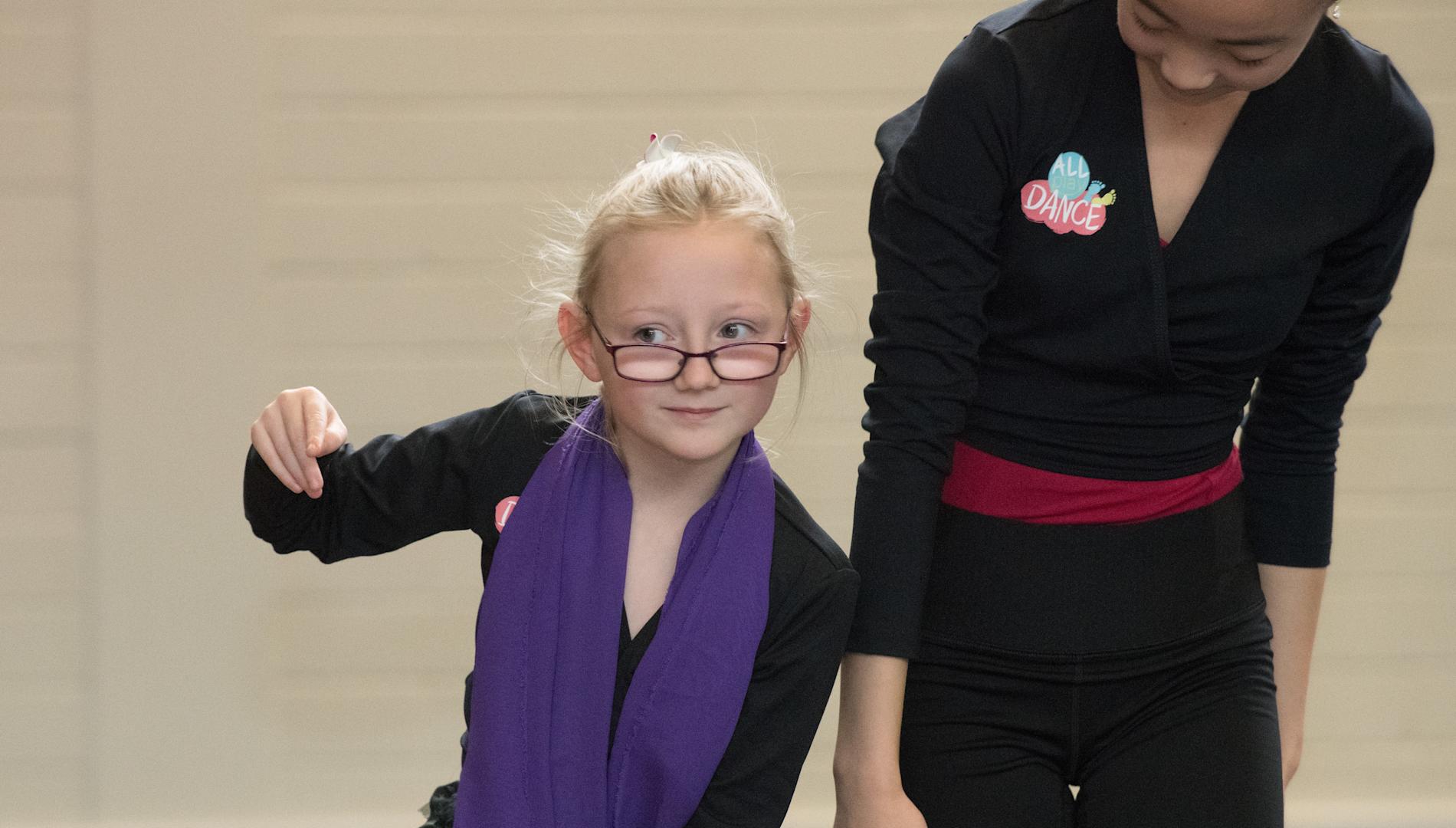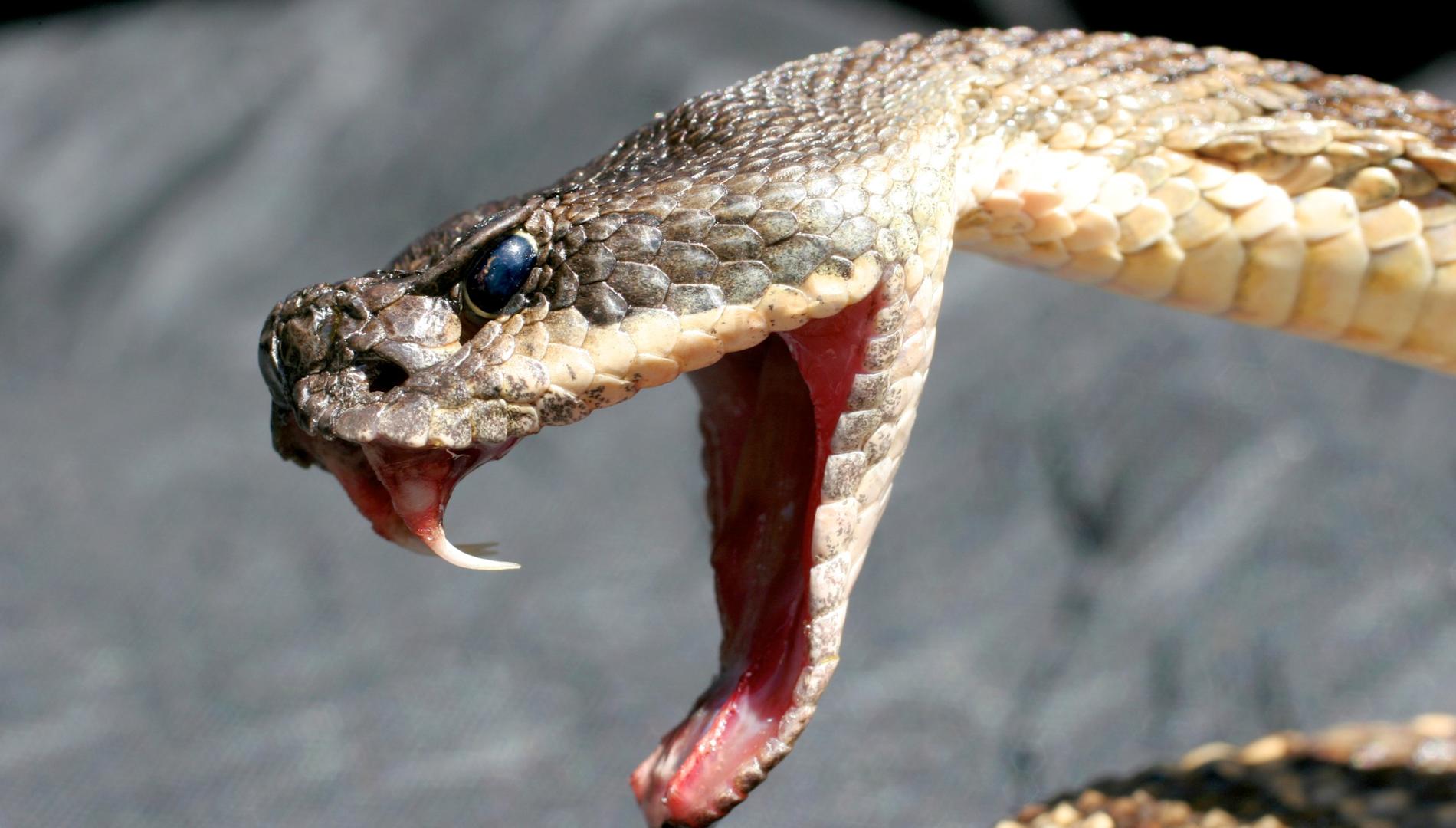Fidel Castro's influence continues to be felt, one year after his death
On 25 November 2016, Fidel Castro, leader of the Cuban Revolution for an extraordinary five decades, a man who escaped assassination at least 638 times (statistically one attempt per month while in office) died peacefully in Havana, aged 90. His brother Raul (86), President of Cuba since 2008, presided over the burial ceremonies.
The question is are we marking one year or one decade without Fidel?
In July 2006, due to complications from an intestinal operation, Fidel Castro delegated his presidential duties to Raul, who would be elected President of Cuba in 2008. Between 2006 and 2016, Fidel’s political influence and media presence gradually decreased, allowing for an unexpectedly smooth transition to a post-Fidel Cuba. Fidel even forewarned Cubans of his own death when, speaking at the closing ceremony of the VII Congress of the Communist Party of Cuba in April 2016, he stated that it might be the last time he would be addressing the delegates.
Fidel’s slow handover eased the transition into Raul’s more pragmatic style, as well as the implementation of new economic policies that many believe would have been impossible otherwise.
When relations between traditionalists and reformists escalated following a government reshuffle in 2009, Fidel backed Raul by stating that ‘Fidel’s men’ were not being replaced by ‘Raul’s men’.

While perhaps Fidel’s need to deny the tensions confirmed just how deep they really were, paradoxically what may have been Fidel’s last politically relevant statement relieved the strain.
The year since Fidel’s death has indeed been eventful for Cuba. As one observer put it, the country has endured two hurricanes: Irma and Trump.
Irma hit Cuba’s north shores - and main tourist destination - in September 2017, undoubtedly contributing to Cuba’s poor economic performance in 2017. Corruption, mismanagement, and low sugar and nickel prices have also contributed to the downturn. On the positive side, the ever-growing number of tourists visiting Cuba has offset some of these losses.
US President Donald Trump has stalled, if not entirely reversed, the so-called ‘normalization process’ initiated by Obama and Raul.
Fifteen Cuban diplomats were expelled from the US as a retaliation for the alleged ‘sonic attacks’ against American Embassy personnel in Havana; the US voted against a resolution at the UN General Assembly calling for the end of the embargo, reversing last year’s abstention; and, in November new and more restrictive Cuba Sanction Rules were approved. Cuba’s deepening relations with Russia are hardly surprising given the return to a cold war approach by the Trump administration.
Raul has certainly learnt something very important from his brother’s protracted farewell: that a slow and considered succession, this time to a post-Castro era, is the best way to avoid bumps and bruises.
Several years ago, Raul began to prepare the terrain, announcing that he would be stepping down in February 2018, at the end of his second term as President.
Cubans are by now more than familiar with his probable successor Miguel Diaz Canel (1960), whose media shy and reportedly rather dull political style has much in common with Raul’s, and couldn’t be further from Fidel’s charismatic, hyperbolic protagonism. Nonetheless, what is certain is that in Diaz Canel’s inauguration speech he will pay homage to Fidel and will vow to continue his work.
Perhaps we are marking neither a year nor a decade without Fidel; I can only imagine that his influence will prevail in the lives of most Cubans for years to come.






